AgilePM for Scrum presents a strong customization of AgilePM (for agile project management) designed to integrate seamlessly with Scrum (for agile product development) in a single framework.
Agile Project Management (AgilePM®) for Scrum is intended to bring together the powerful simplicity and potent agility of Scrum for product development, exactly as described in the Scrum Guide 2020, with key elements of AgilePM that bring agility to the much broader project context. It differs from, and adds value to, the Scrum approach by offering a truly agile project context for product development focused on realizing value rather than just delivering latent value in products.
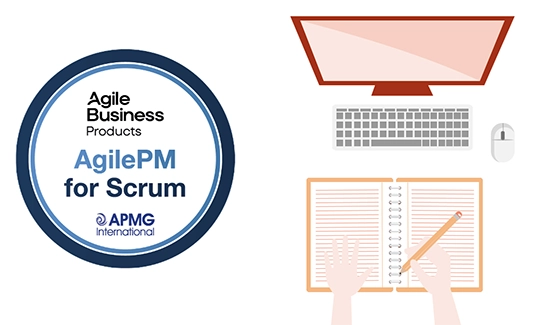
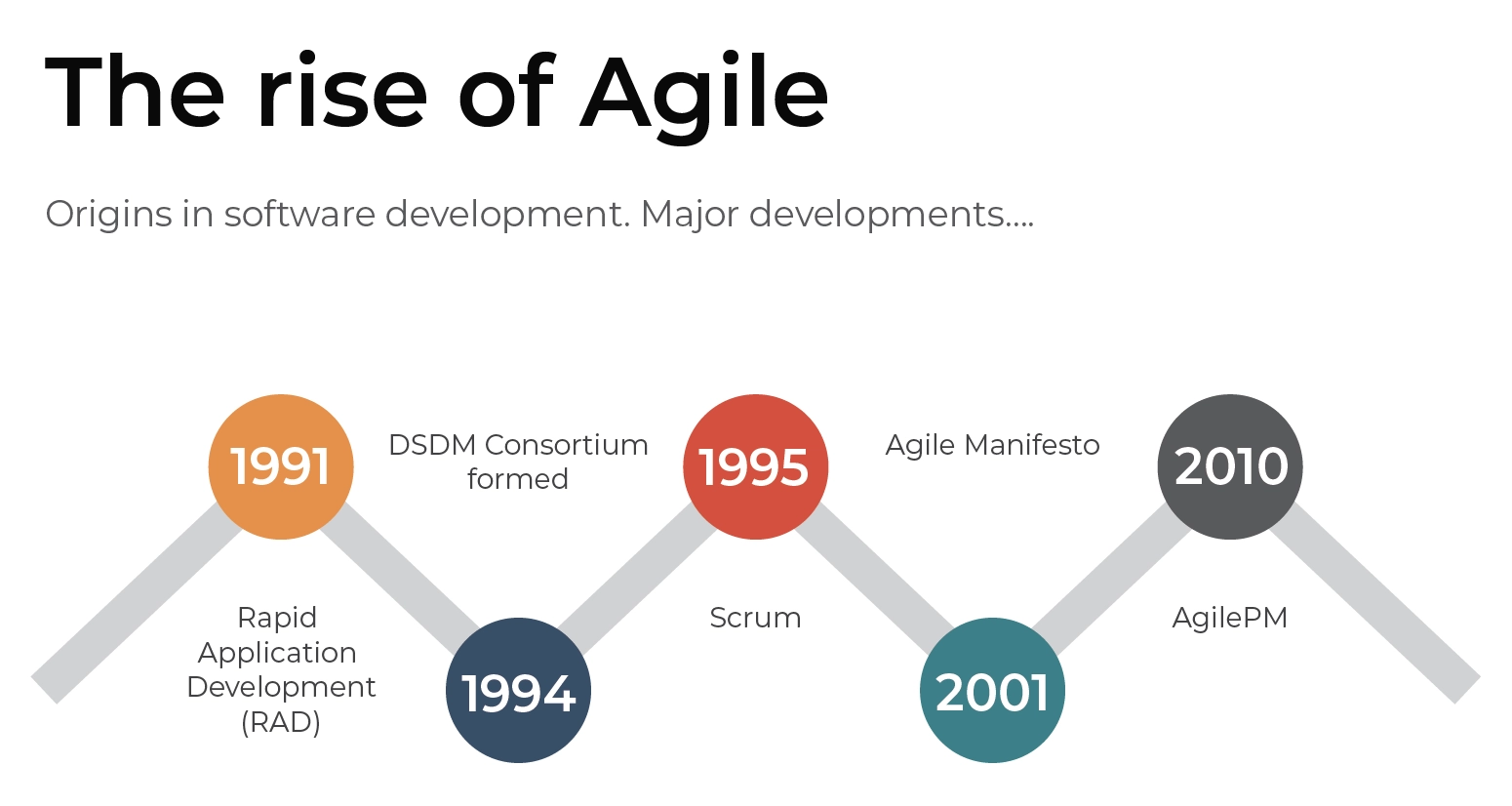
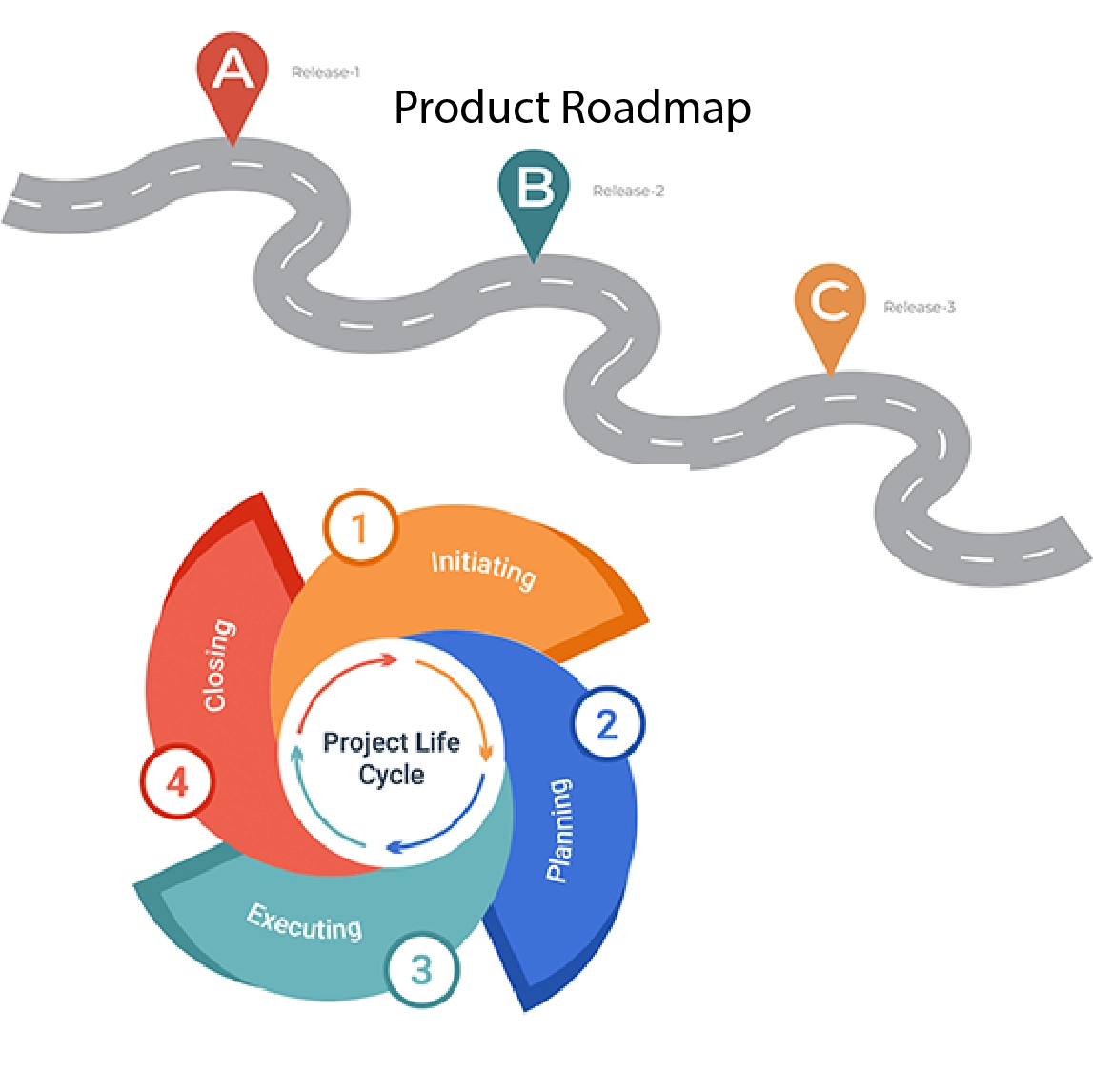
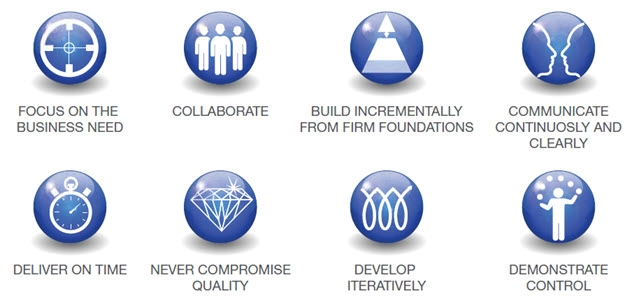
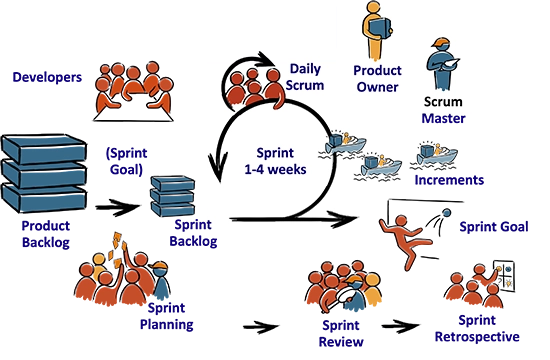
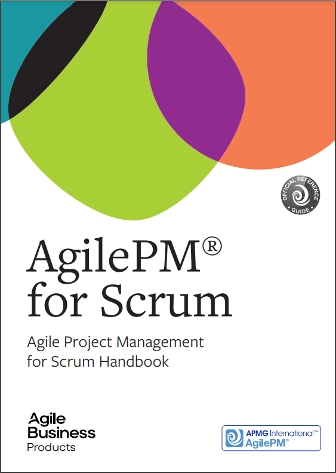


AgilePM for Scrum certification trainings are provided by APMG International's Accredited Training Organizations (ATOs) across the globe. Tecknologia is one of the first APMG Accredited Training Organization (ATO) offering AgilePM for Scrum certification trainings across the globe and in various formats.
| Certification Level | Course Duration | Certificate Valid for |
|---|---|---|
| AgilePM for Scrum Foundation | 3 Days | Lifetime |
Click on the link for certification levels to explore the exam details.

Scrum is a lightweight framework that helps people, teams and organizations generate value through adaptive solutions for complex problems. Created by Ken Schwaber and Jeff Sutherland; originally launched in 1995.
Scrum is not a process, technique or definitive method. Rather, it is a framework within which various processes and techniques can be employed. Framework consists of Scrum Teams and associated roles, events, Artefacts and rules.
Prices vary depending on the mode of delivery, location, deliverables and the quality of training delivery. Typically AgilePM for Scrum online training costs between £1400 and £2200.
The pass marks for AgilePM for Scrum exam remain 60% (30/50)
Scrum as well as Agile Project Management qualifications have helped hundreds of thousands of professionals globally enhance their skills and achieve their professional ambitions. Professionals holding AgilePM for Scrum accreditations stand a better chance of being invited for an interview and definitely stand a better chance being offered a role afterwards.
Agile Project Management for Scrum is the need of the hour and will remain in demand within wider project management profession (within Agile quarters) today and for coming years.
Scrum Master as well AgilePM Foundation certification is definitely a good choice for beginners who aim at pursuing a career in agile project management and related disciplines. Having AgilePM for Scrum (two in one) qualifications early in the career can play the role of a catalyst when it comes to climbing the professional ladder.
While AgilePM for Scrum exam need right level of attention and focus, it is not rocket science and anyone with focused training and devotion can definitely achieve success in the exam.
APMG Agile Project Management provides professionals with the necessary skills and knowledge to improve project delivery. AgilePM training and certification cover all aspects of project management, including planning, execution and monitoring - ensuring that candidates are well-equipped to handle any project.
It is absolutely possible to achieve AgilePM for Scrum exam success while relying on self study. However, high standard AgilePM training can accelerate the process, along with exam success probability, for sure.
AgilePM for Scrum certifications is considered to be professional qualifications only. This qualification is widely recognized and sought after globally, however, it is not the same as a college or university degree. Some quarters believe that AgilePM for Scrum qualification is equivalent to UK NQF 4/5 - Tecknologia has no grounds to confirm this.
There is no negative marking in AgilePM for Scrum exam. No marks are deducted for a wrong answer.
AgilePM for Scrum certification has no expiry as it is valid for life.